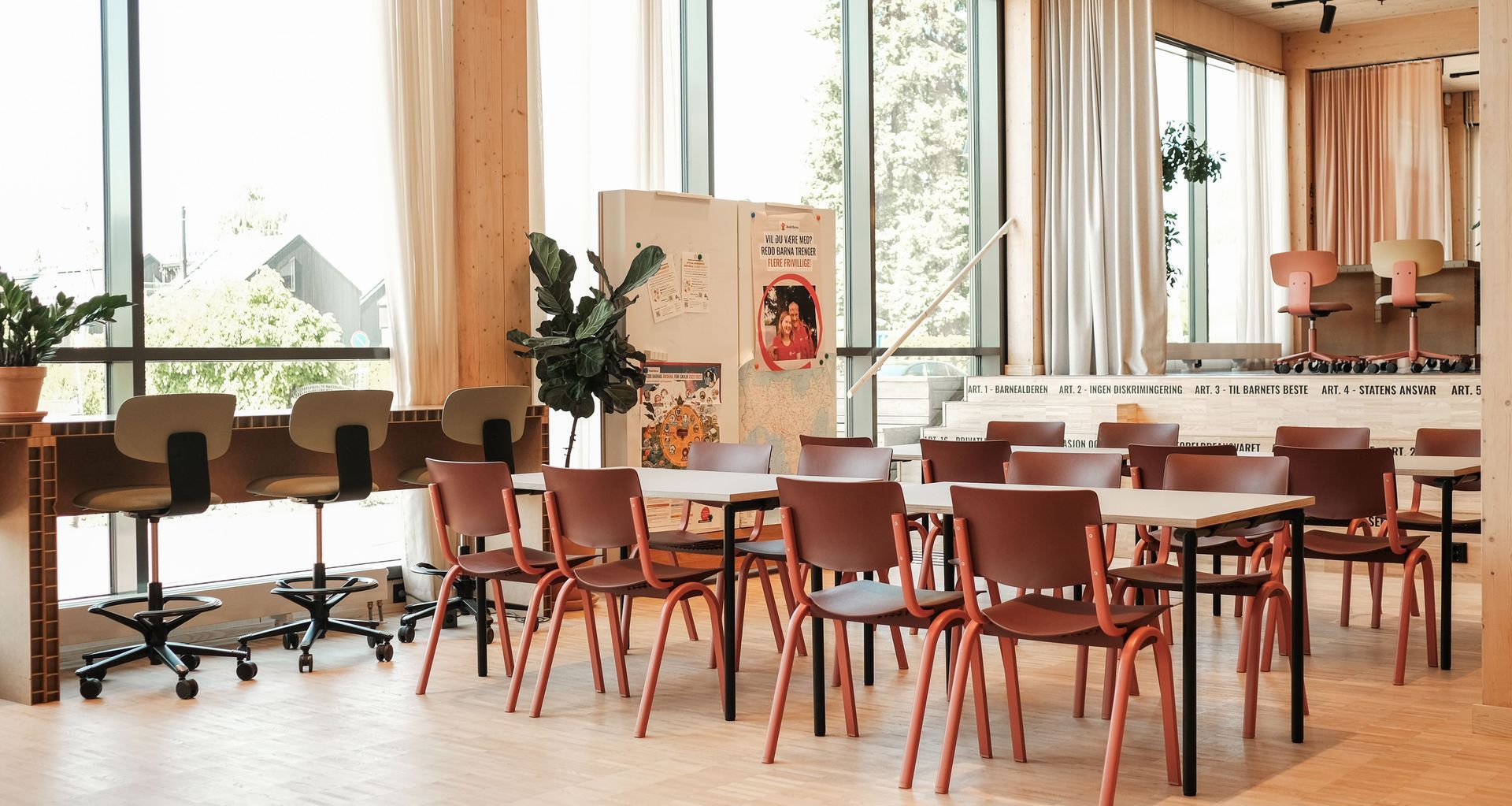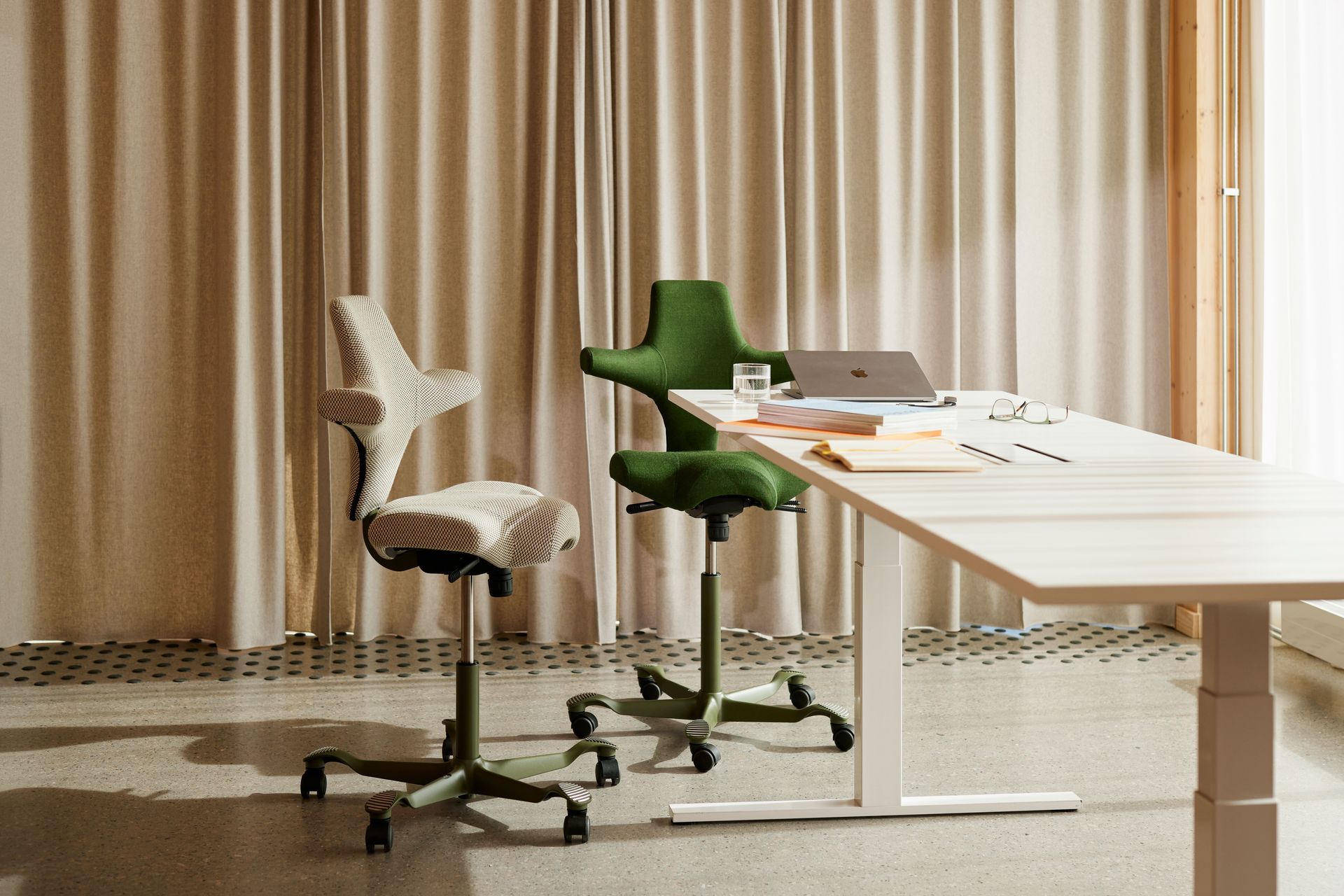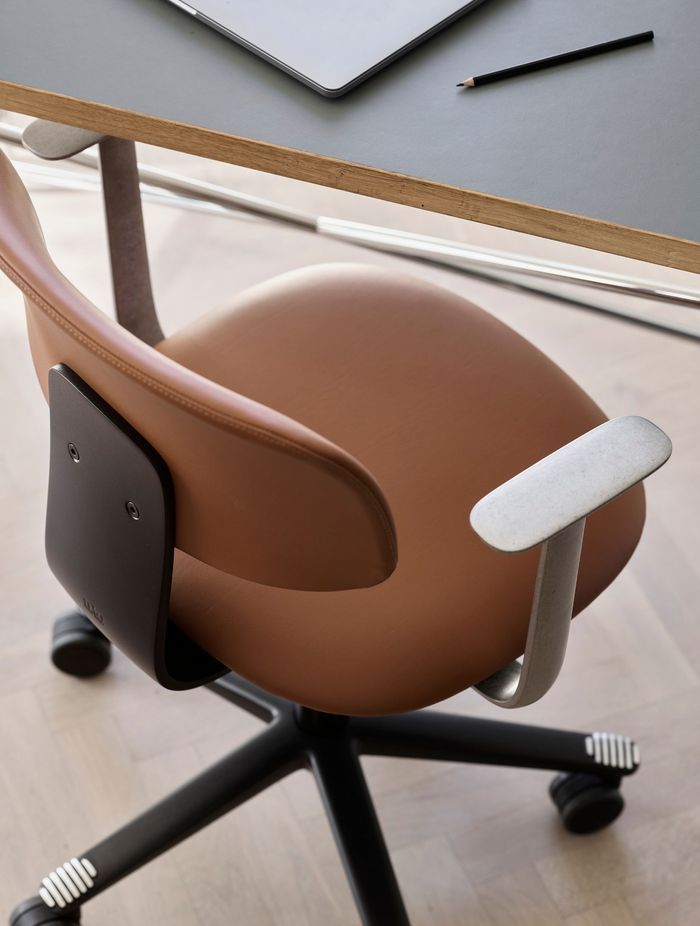The future of commercial seating: innovative and sustainable design
Written by
15 August 2024
•
5 min read

As we navigate the post-pandemic era, the demands on office furniture have shifted dramatically, challenging manufacturers to create solutions that are not only comfortable and stylish but also sustainable and adaptable to the new realities of work.
The hybrid work model has reshaped our expectations of office spaces, and adaptable designs are now essential to creating offices that meet these demands, says Christian Lodgaard, Senior Vice President, Flokk Design – an industry leader in sustainable commercial furnishings.
“Post-pandemic, attracting employees to return to the office requires more compact, more flexible, more inspiring furniture with better health and wellbeing properties, longer lifetime and lower carbon footprint. That is a tall order, but we have proven it can be done.”

The new office paradigm
The hybrid work model has reshaped our expectations of office spaces. With employees splitting their time between home and office, the workplace must now offer compelling reasons for in-person collaboration. "Most of us come to the office to meet co-workers," shares Lodgaard, "meaning we need to know we actually will, and that the spaces can accommodate and cater for those collaborative processes."
This shift has led to a paradoxical demand: while employers seek to compress their office footprints, they simultaneously need to create more inviting, flexible spaces. The solution lies in carefully designed, compact, and multipurpose furnishings that can adapt to various needs throughout the workday.

Health & wellbeing: a top priority
The pandemic has brought health concerns to the forefront, with many employees experiencing discomfort from makeshift home office setups. As a result, there's a growing emphasis on ergonomics across all seating typologies. However, the multi-user nature of modern office environments presents a unique challenge, making seating with multiple levers and adjustments less productive.
"Intuitive ergonomics, where users are nudged to move and vary postures, is the answer," Lodgaard explains. “The health aspects extend beyond task chairs, to include ergonomics also in all typologies of seating, as people will work from everywhere [in the workplace].”


Sustainability: more than just materials
When it comes to sustainability in commercial seating, the focus has shifted dramatically. "With some very rare exceptions, every material has a negative footprint," Lodgaard reveals. The key to truly sustainable design lies in circularity—using post-consumer recycled materials in ways that allow them to be reintegrated into the production loop at the end of the product's life.
Energy consumption in production remains a concern, but it pales in comparison to the impact of material choices. Manufacturers are now challenged to create products with low carbon footprints, long service lives, and excellent repairability.
Flokk is a global leader in sustainable solutions, with 35 years of structured focus on the environmental impacts of its operation.
Flokk’s principles for sustainable design dictate that every new Flokk design must encompass every aspect of environmental consideration. As such, any new brand it brings on board must have successfully integrated sustainability and innovation into their designs.
“HÅG Tion, HÅG Celi, Profim Revo are our most recent examples,” shares Lodgaard. “And we have a little landslide of more in the pipeline, to be launched during the next 12 months.”

Balancing act: comfort, style, & durability
Creating seating that excels in comfort, style, and durability isn't about compromise—it's about finding the sweet spot where all these elements converge. This requires manufacturers to step off the "hamster wheel" of constant new product releases and instead focus on developing truly superior solutions.
"The world does not need more commercial seating solutions," Lodgaard says. "It needs better seating solutions, with low carbon footprint, long service life, great repairability, health benefits, looks and visuals."


Technology's role in innovation
While technological advancements in engineering and material science play a crucial role in developing innovative seating solutions, they're not the whole story. Lodgaard emphasises that these tools must be combined with proper hard skills, design-driven processes, and the soft skills of the people driving innovation.
As we look to the future of commercial seating, two trends stand out: authenticity and customisation.
In a world increasingly dominated by digital experiences, there's a growing appreciation for products with a clear provenance—designed and crafted by real people.
Simultaneously, the ability to tailor products to specific needs is becoming more important.
“We deliver increasing possibilities to tailor our products, with a production concept known as mass-customisation; we produce only to order, nothing to stock. We avoid glue, and ensure covers can be changed with basic tools and skills, and options and features added or removed, as needs or preferences change over time,” shares Lodgaard.
In line with this, Flokk encourages their customers to plan for long-term ownership, advising them to buy only what they need, use the furniture for as long as possible and to repair it.
With sustainability at the forefront of furniture choices, the future of commercial seating is bright, with challenges driving innovation in sustainability, ergonomics, and flexibility. For decision-makers looking to create quality office ecosystems, the key lies in choosing products that not only meet today's needs but can adapt to tomorrow's challenges—all while minimising environmental impact and maximising employee wellbeing.
By prioritising authenticity, sustainability, and user-centric design, the commercial seating industry is poised to play a crucial role in shaping the workplaces of the future.
Explore sustainable commercial seating solutions from Flokk.